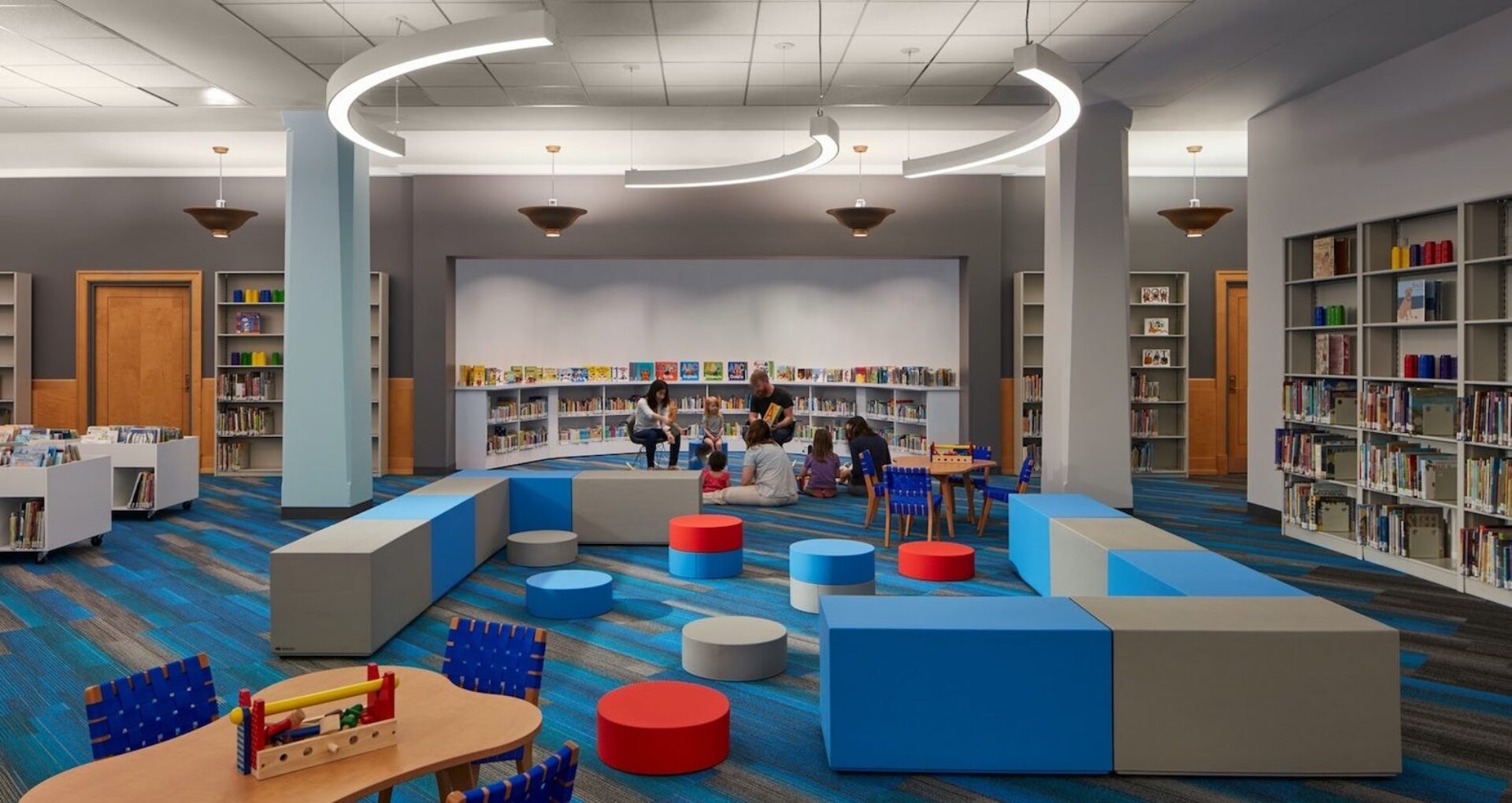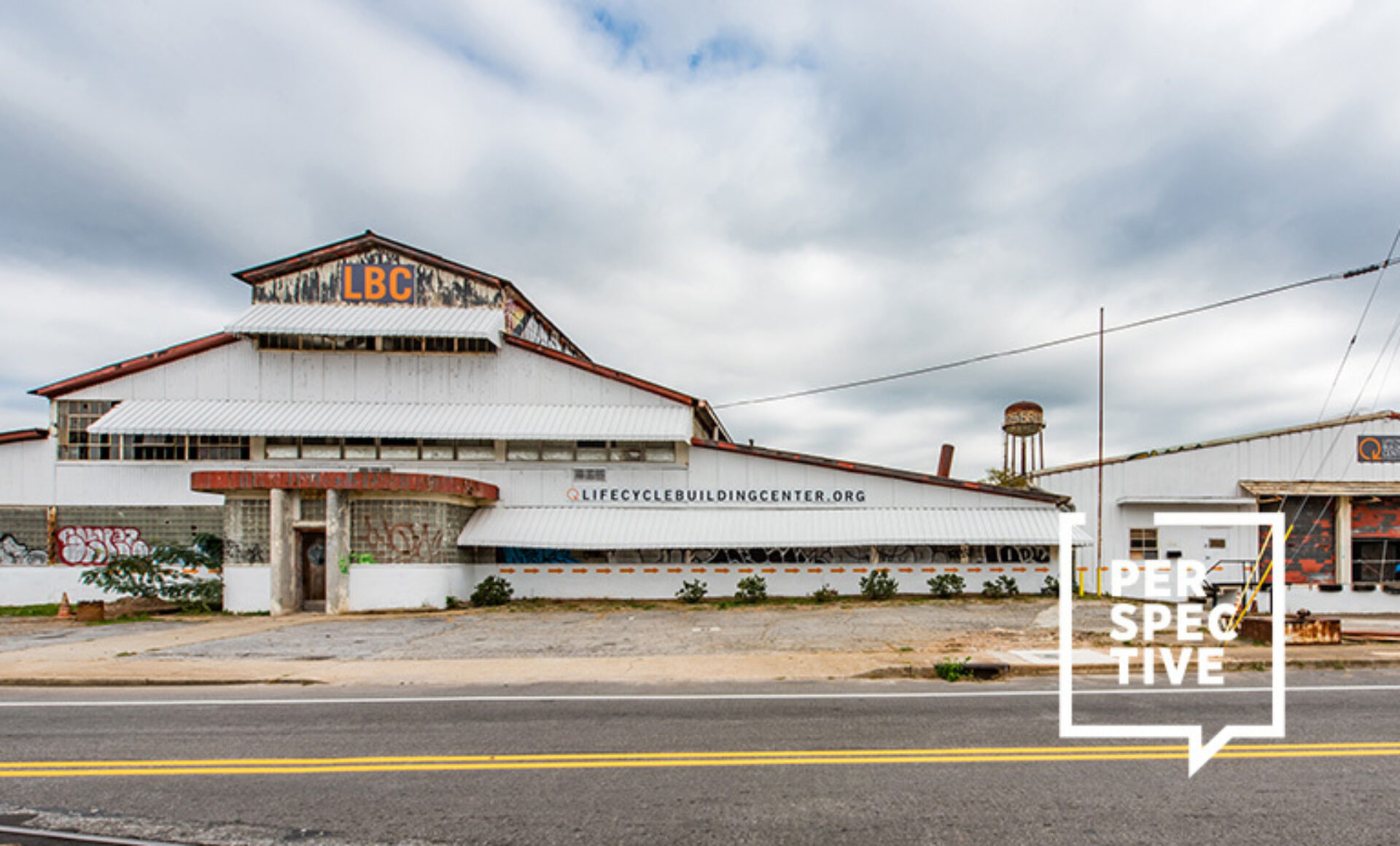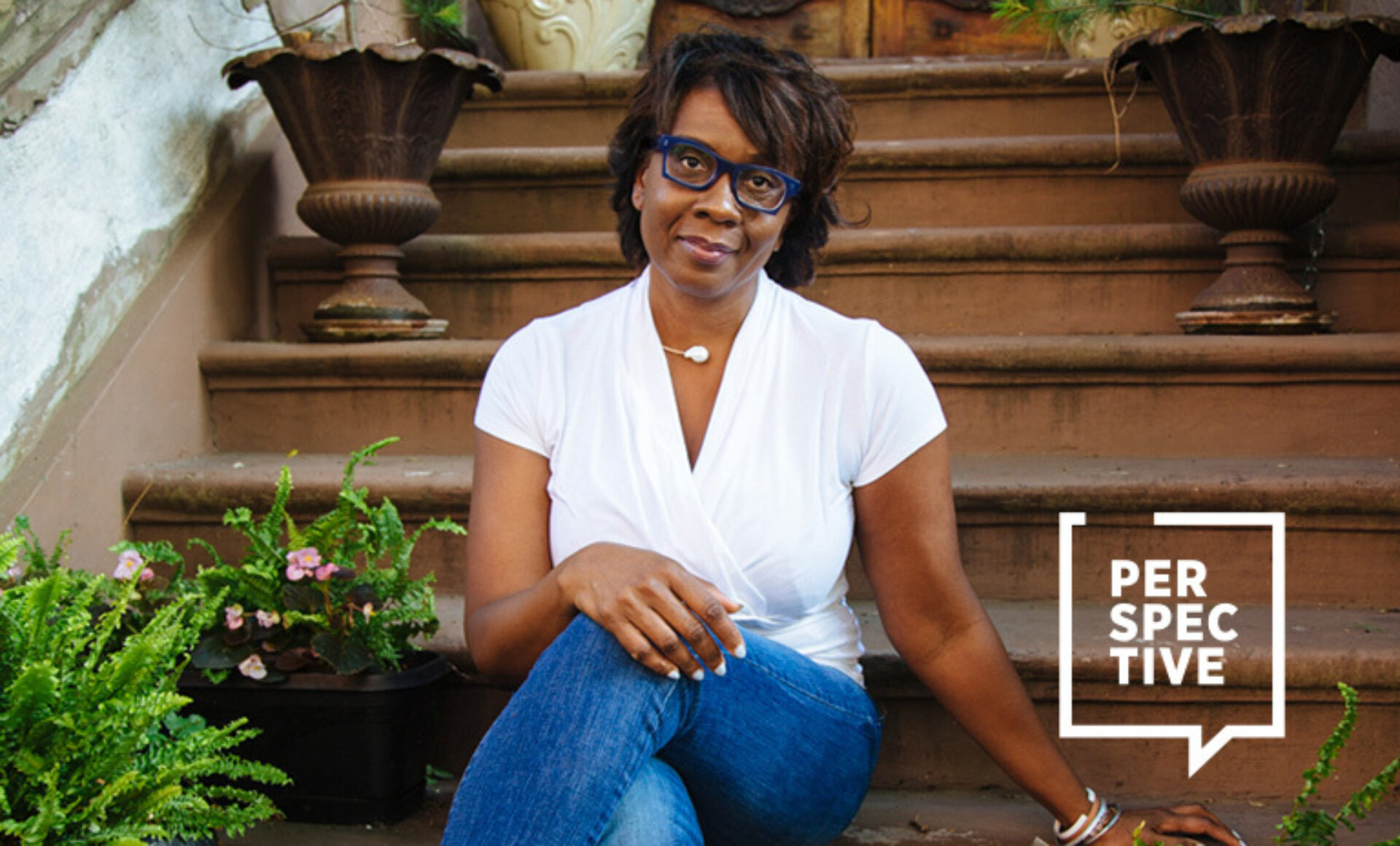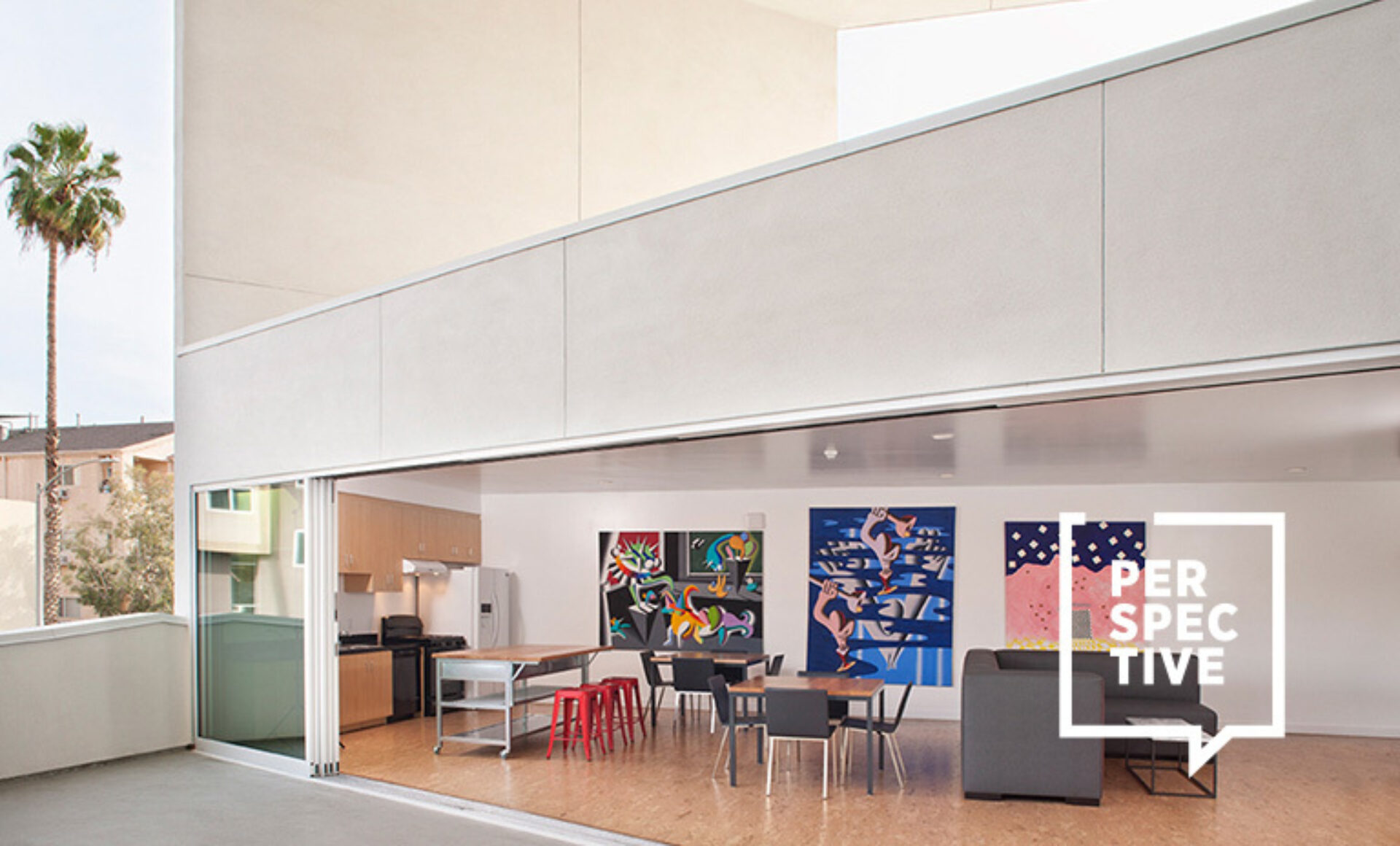Public libraries around the world have long served as a fixture in communities for people to learn and work—accessible and open to all. But the onset of lockdowns and social distancing restrictions have disrupted these services, challenging library administrators and interior designers to rethink the experience for visitors and staff.
Right now, it’s about accessibility, flexibility, durability, and cleanability, says Stephanie Shook, IIDA, associate at HBM Architects, Cleveland.
Some glimpses into the new normal: HVAC systems are being reconfigured to allow for better air flow and filtration. Floors may be raised to incorporate underfloor HVAC and more power outlets. Wall and floor finishes will be high-quality, but highly cleanable. Tables, chairs, and walls will be moveable. Drive-up windows will allow patrons to check out materials without entering the building. Bathroom fixtures will be touchless, doors will be revolving, and librarians will be partitioned behind clear glass.
Some libraries are also incorporating more outdoor zones, where patrons can take books or other materials—a whole new concept for many libraries, adds Dave Broz, AIA, principal at Gensler in Chicago.
“The new vogue word is resiliency,” says Steve Johnson, principal, Johnson Favaro, Culver City, California. “In many libraries, the hard copy collection is shrinking, so our direction is to create spaces that can easily be changed over time.”

Courtesy of Johnson Favaro
A New Chapter
For many people, libraries are not, and never have been, just about books, Broz says. They’re also about providing access to technology, meeting spaces, entertainment, and more. The public library in Woodstock, Illinois even converted part of its interior to act as a food pantry.
“Libraries are unique because they’re the third place many people find comfort and community—it’s home, work, then the library,” he adds.
Libraries are often sources of childcare for harried parents especially with many kids attending school virtually.
“Parents with young children are one of the primary constituents that libraries serve,” Johnson says. “It may be the one time in their day that they interact with other humans, take a mommy-and-me class, or partake in any of the educational opportunities.”
Libraries can be an important social safety net, and were quick to adapt to the new reality, Shook says.
Some have been able to re-open their doors, providing safe environments with social distancing and following COVID-19 protocols. Others have increased access to downloadable content, curb-side services, and virtual assistance, she adds—solutions that many retailers and health providers have adopted and ramped up as well due to the pandemic.
“Libraries, contrary to popular belief, have always been the earliest adopter to change, and as the great equalizer of access to innovation,” Broz says. “Let’s hope it stays that way.”
(Images Lead: Harold Washington Children's Library courtesy of Gensler | Body: West Hollywood Library courtesy of Johnson Favaro)







